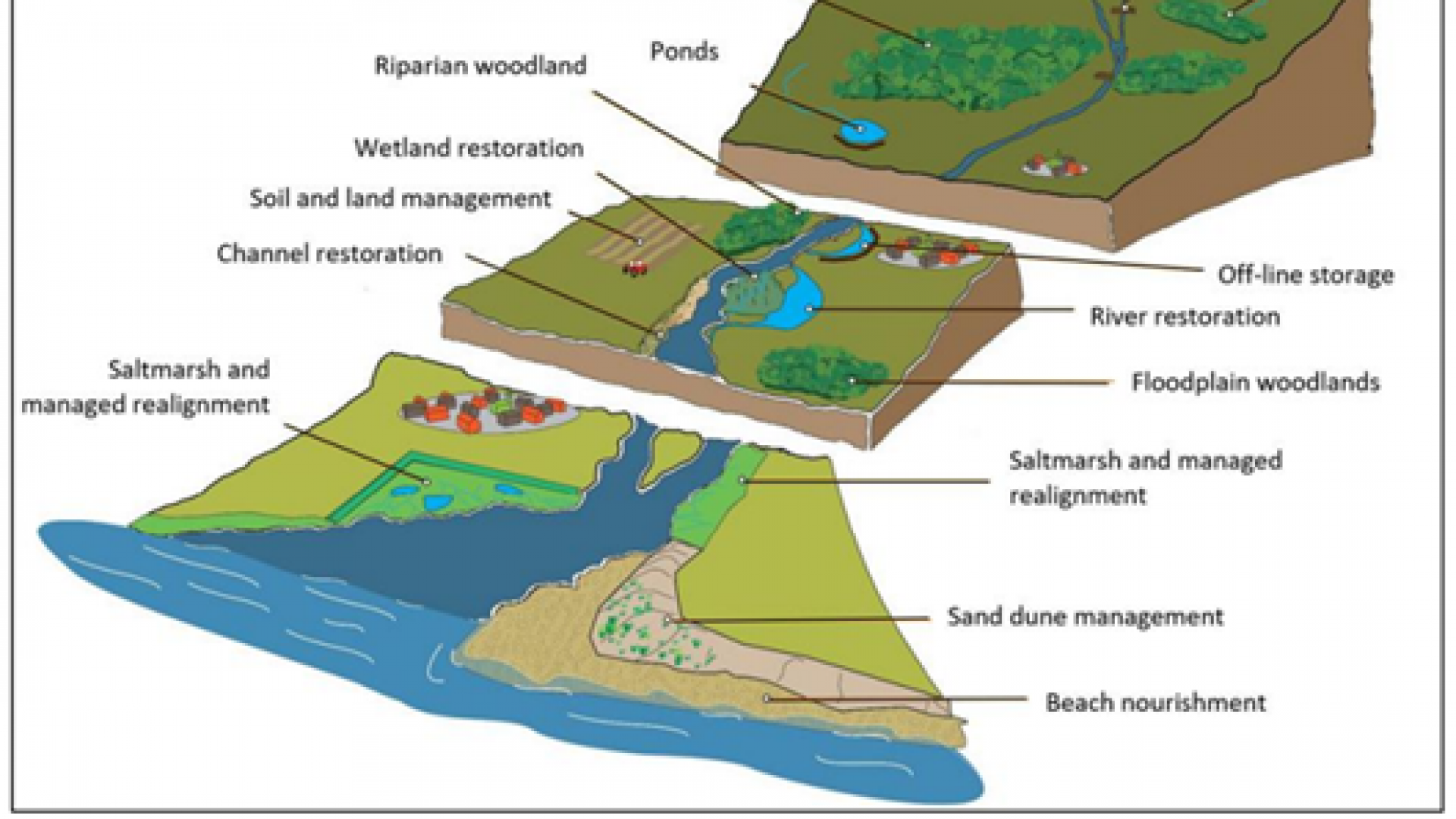Nature Based Solutions
06/11/2024 1:22am
Nelson City Council is excited to announce a new project focused on Nature-based Solutions (NbS) for river management in North Nelson. This initiative is one of 21 projects across the country to receive full funding from the Ministry for the Environment’s (MfE) Essential Freshwater Fund.
The project aims to explore the potential of NbBS, such as restoring wetlands and planting native vegetation, to help manage flooding, improve water quality, and support biodiversity. The feasibility study is being conducted in the Wakapuaka catchment to assess how these solutions can enhance flood resilience and mitigate the impacts of flooding.
The feasibility study will investigate the practical viability of NbBS within the Wakapuaka catchment. A hydrology assessment and hydraulic flood modelling have been conducted to evaluate how the current catchment will likely respond during extreme rainfall events (one-in-100-year) with the added effects of climate change. We will then analyse how the model responds to the same event if NbS were in place.
Once Council has identified suitable NbS, we will workshop these with mana whenua and land-users in the catchment before completing the feasibility study by mid-2025. A report detailing the types of solutions that could work in the catchment will be drafted next year.
Hydrology, ecology, and engineering experts from WSP are supporting NCC with this work, combining regional knowledge with international best practices to develop ideas for the Wakapuaka catchment.
What are Nature-based Solutions?
Nature-based Solutions (NbBS) are practical ways to use nature’s own processes to solve challenges. They include actions like native planting to prevent erosion, improve air quality, and increase biodiversity; wetlands to soak up floodwater and filter pollutants from stormwater run-off; and retention dams to store and slow the flow of water and capture surface run-off.
NbBS are methods to improve our environment and resilience by mimicking processes that occur naturally rather than using hard engineering solutions. Instead of relying on built structures, natural solutions use green infrastructure to reduce the impacts of flooding and climate change on people and infrastructure. They also play a crucial role in helping Aotearoa New Zealand achieve its environmental goals.
By mimicking natural processes, NbBS offer an environmentally friendly alternative to traditional engineering methods. This study will help us understand the benefits and impacts of different NbBS in our region, paving the way for more sustainable and resilient river management practices.
- Restoring wetlands and native forests: This helps to soak up carbon dioxide, filter water, and provide habitat for native species.
- Planting trees and vegetation: This can help to reduce soil erosion and flooding impacts, as well as improving air quality.
- Using natural materials for infrastructure: For example, using timber instead of concrete in construction can help to reduce carbon emissions.
Finding sustainable solutions that protect our well-being, infrastructure and ecosystems is becoming increasingly urgent and looking to nature’s own systems can be cost effective, practical and creates resilience against climate change impacts.

